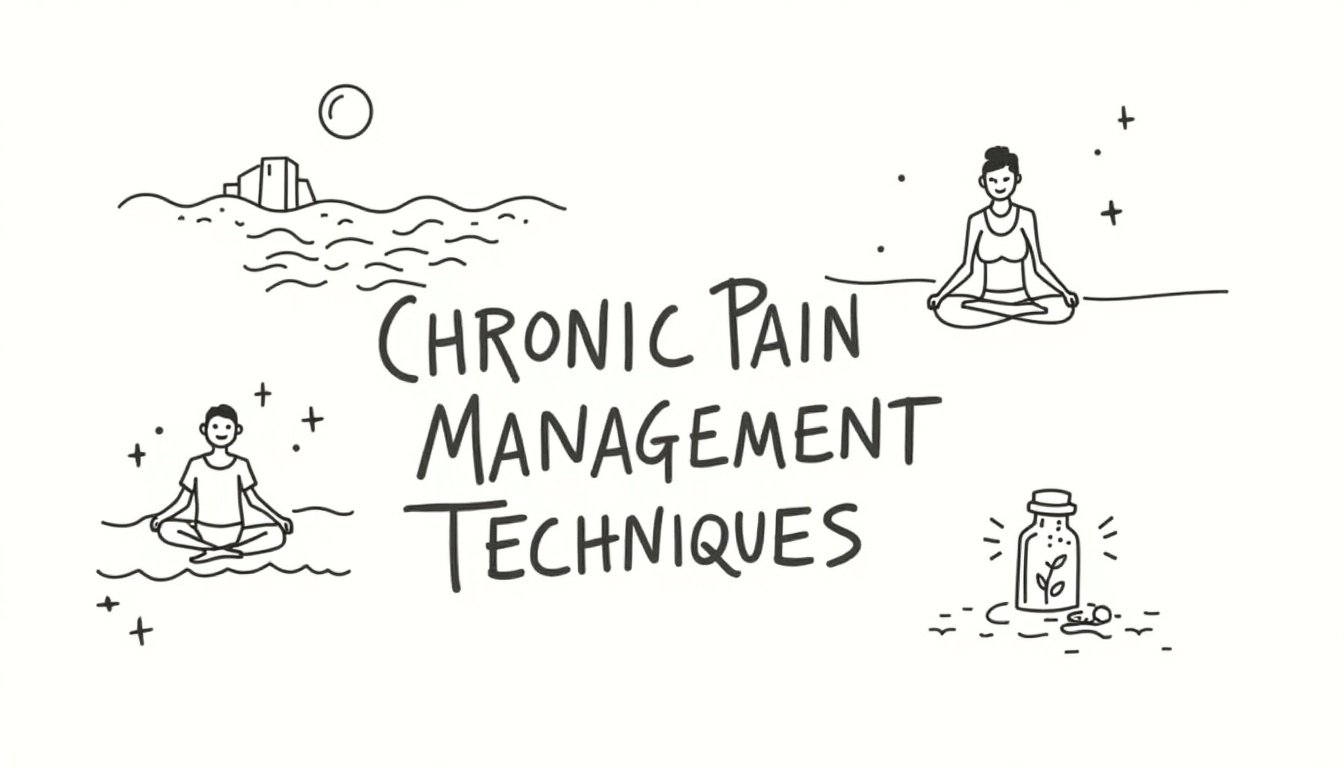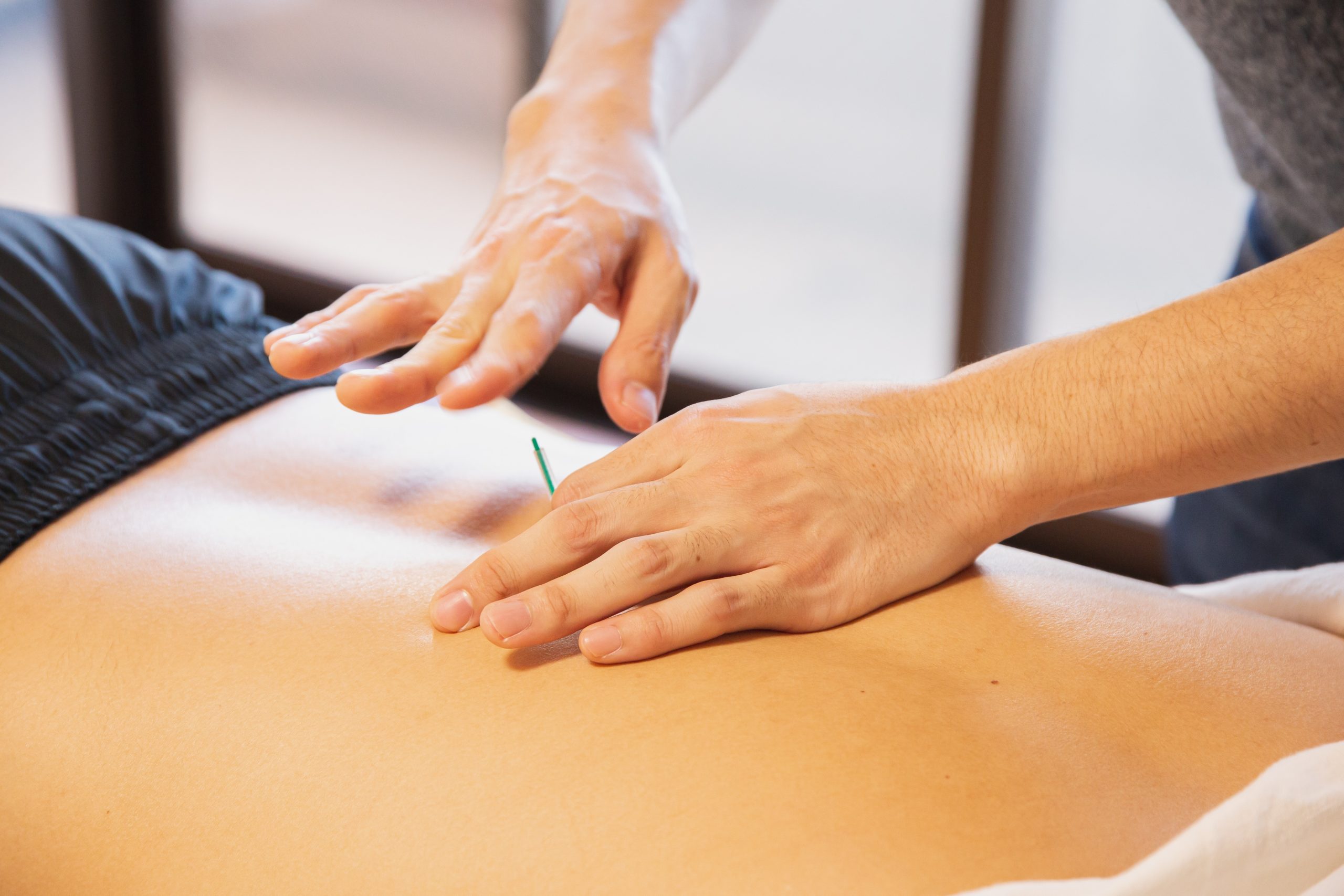An Insight into Chronic Pain Management Techniques & Therapies
Chronic pain affects millions worldwide, often reducing their quality of life. Traditional treatments like medications and surgeries sometimes fall short, pushing many towards alternative options. This article talks about the effectiveness of combining acupuncture, massage, and cupping therapies for managing chronic pain.
Chronic pain persists for more than three months and can stem from conditions such as arthritis or past injuries. Acupuncture may stimulate the body’s natural painkillers while cupping helps relieve muscle tension by increasing blood flow.
Lastly, massage therapy promotes relaxation and decreases pain frequency. Together, these techniques offer a holistic approach to improving well-being in patients suffering from chronic discomfort.
Understanding Chronic Pain

Chronic pain is defined as pain that lasts for more than three months. It can stem from various sources, such as arthritis, migraines, or injuries.
This persistent discomfort often takes a toll on daily living, impacting sleep, mobility, and overall mental health. For instance, someone with chronic back pain may find it challenging to perform simple tasks like sitting or standing for extended periods, which can lead to frustration and feelings of helplessness.
Moreover, the constant presence of pain can increase stress and anxiety levels, creating a vicious cycle that exacerbates the experience of pain. Understanding the complexities of chronic pain is essential for finding effective management strategies.
Acupuncture for Pain Relief
Acupuncture is a traditional Chinese medicine technique that involves inserting thin needles into specific points on the body. This practice aims to stimulate the body’s natural healing processes and promote the flow of energy, known as “qi”.
One of the primary benefits of acupuncture for chronic pain management is its ability to activate the body’s own pain-relieving chemicals, such as endorphins and serotonin. Studies have shown that acupuncture can be particularly effective for conditions like osteoarthritis, lower back pain, and migraines. A patient suffering from chronic lower back pain may find significant relief after a series of acupuncture sessions, often reducing the need for pain medications.
Additionally, acupuncture encourages self-regulation and overall wellness, helping patients develop better coping mechanisms for their pain. By addressing not only the physical aspects of pain but also the emotional and psychological factors, acupuncture offers a holistic approach to pain relief.
Cupping Therapy for Muscle Relief
Cupping therapy is an ancient practice that has gained popularity for its ability to relieve muscle tension and pain. This technique involves placing cups on the skin to create suction, which lifts the skin and underlying tissues. This suction helps to increase blood flow to the area, promoting healing and relaxation.
Many individuals with chronic pain, particularly those experiencing muscle tightness or stiffness, find cupping to be beneficial. Athletes often use cupping to recover from intense training, as it helps to reduce soreness and improve flexibility. The therapy can also aid in reducing inflammation, which is a common issue in chronic pain conditions.
Patients typically report feeling immediate relief after a session, with the effects lasting for several days. Additionally, cupping can complement other therapies, such as acupuncture and massage, enhancing overall treatment effectiveness.
Massage Therapy for Pain Reduction
Massage therapy is a hands-on treatment that involves manipulating soft tissues in the body. This therapy can be particularly beneficial for individuals experiencing chronic pain.
By using different techniques such as Swedish, deep tissue, or trigger point massage, therapists can help alleviate tension and pain. Deep tissue massage, for example, targets deeper layers of muscle and connective tissue, which can be particularly effective for chronic conditions like fibromyalgia or lower back pain.
Research indicates that regular massage sessions can significantly reduce pain intensity and frequency. It enhances relaxation, promotes better sleep, and can even lower anxiety levels, which are crucial since stress often exacerbates pain. Additionally, the release of endorphins during a massage contributes to a feeling of well-being, helping individuals cope better with ongoing pain.
In practice, many patients report an improvement in their overall quality of life after incorporating massage therapy into their chronic pain management plan. By working closely with a licensed massage therapist, individuals can develop a personalized treatment plan that addresses their unique pain points and helps them regain mobility and comfort.
Combining Therapies for Better Relief
Combining acupuncture, massage, and cupping therapies can significantly enhance pain relief for individuals suffering from chronic pain. Each therapy targets different aspects of pain, allowing for a more comprehensive approach.
For instance, acupuncture can stimulate the body’s natural painkillers, while massage therapy relaxes tight muscles and improves circulation. Cupping therapy complements these methods by reducing inflammation and promoting blood flow to affected areas.
Research indicates that patients who engage in a combination of these therapies often report greater improvements in pain management and overall well-being compared to those who rely on a single treatment method. This integrative approach not only alleviates physical discomfort but also addresses emotional and psychological factors, leading to a holistic improvement in quality of life.
Patient Success Stories and Testimonials
Many individuals have found relief from chronic pain through a combination of acupuncture, massage, and cupping therapies. For instance, Sarah, a 42-year-old teacher suffering from fibromyalgia, experienced significant pain reduction after incorporating these therapies into her routine. She reported sleeping better and feeling more energetic, allowing her to engage more with her students and enjoy life outside of work.
John, a 55-year-old construction worker, turned to these alternative therapies after traditional pain management methods failed him. His lower back pain had made everyday tasks unbearable. After a series of treatments, including acupuncture and massage, John shared that he could return to work full-time and even participate in family activities he had previously missed.
These testimonials highlight the transformative impact of holistic pain management techniques. Patients often express gratitude for the personalized care they receive, noting that their therapists take the time to understand their unique pain experiences and tailor treatments accordingly. By sharing such success stories, clinics like Benessere Miami can inspire hope and encourage others facing similar challenges to seek out these effective therapies.
Frequently Asked Questions
1. What are some common types of chronic pain management techniques?
Common techniques include physical therapy, medication, acupuncture, and cognitive behavioral therapy.
2. How can exercise help in managing chronic pain?
Exercise can strengthen muscles, improve flexibility, and boost mood, which can all help reduce the perception of pain.
3. Are there alternative therapies for chronic pain?
Yes, therapies like yoga, massage, and mindfulness can provide relief and improve overall well-being.
4. What role does diet play in chronic pain management?
A healthy diet can help reduce inflammation and boost your body’s healing, potentially leading to less pain.
5. How does mental health affect chronic pain management?
Mental health can significantly impact how pain is experienced and managed; stress and anxiety can worsen pain, while positive mental health can improve coping strategies.
Takeaway (TL;DR)
Chronic pain affects millions, prompting many to seek alternative therapies beyond traditional medications. This article discusses effective treatments like acupuncture, cupping, and massage therapy, which can improve pain management. Combining these methods often leads to better outcomes, supported by research showing reduced pain severity and opioid usage.
 English
English  Spanish
Spanish  Portuguese
Portuguese 



